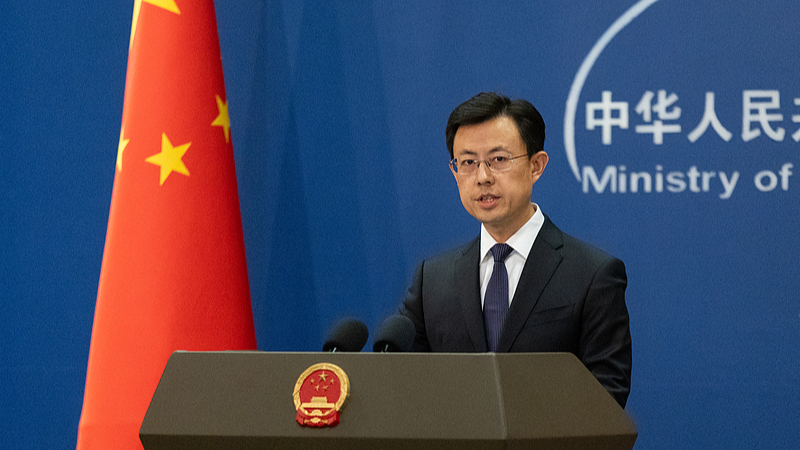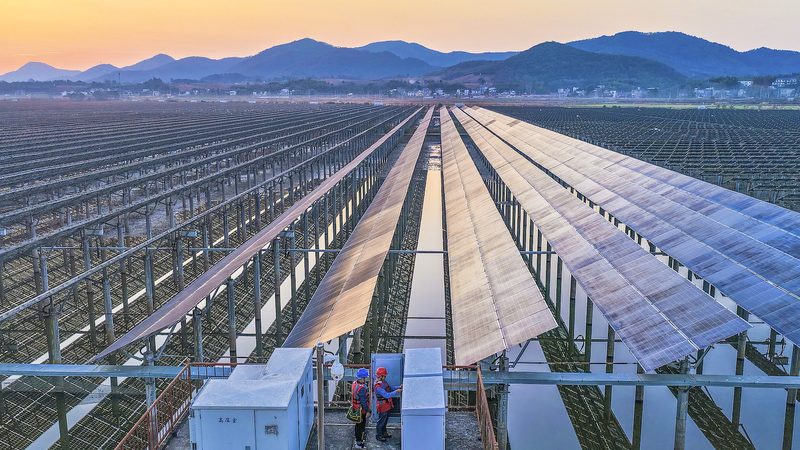China’s SINAP, part of the Chinese Academy of Sciences, has pulled off the world’s first thorium-to-uranium nuclear fuel conversion in its Thorium Molten Salt Reactor (TMSR). After loading thorium fuel for the first time, the team confirmed the technical feasibility of using thorium in a molten-salt system, opening the door to wastewater-free nuclear power.
Built in partnership with leading research institutions, the experimental TMSR is the only operational molten-salt reactor worldwide running on thorium. This breakthrough provides core technical support for China’s plan to harness its abundant thorium reserves and develop advanced nuclear energy systems on a large scale.
Molten-salt reactors are a fourth-generation nuclear technology that uses high-temperature salt instead of water for cooling. They operate at atmospheric pressure, boast inherent safety features, and deliver high-temperature output—making them ideal for tapping into thorium’s potential in a cleaner, more efficient way.
By integrating with solar, wind, high-temperature energy storage, hydrogen production, and chemical industries, this route can help build a complementary, low-carbon energy ecosystem. SINAP’s TMSR program, which began in 2011, has already moved from laboratory research to the engineering verification of materials and equipment.
Looking ahead, SINAP aims to team up with energy companies to strengthen supply chains, accelerate technology upgrades, and launch a 100-megawatt demonstration reactor by 2035. If successful, this could transform global energy markets and support a sustainable energy future.
Reference(s):
China cracks fuel conversion problem for wastewater-free nuclear power
cgtn.com



